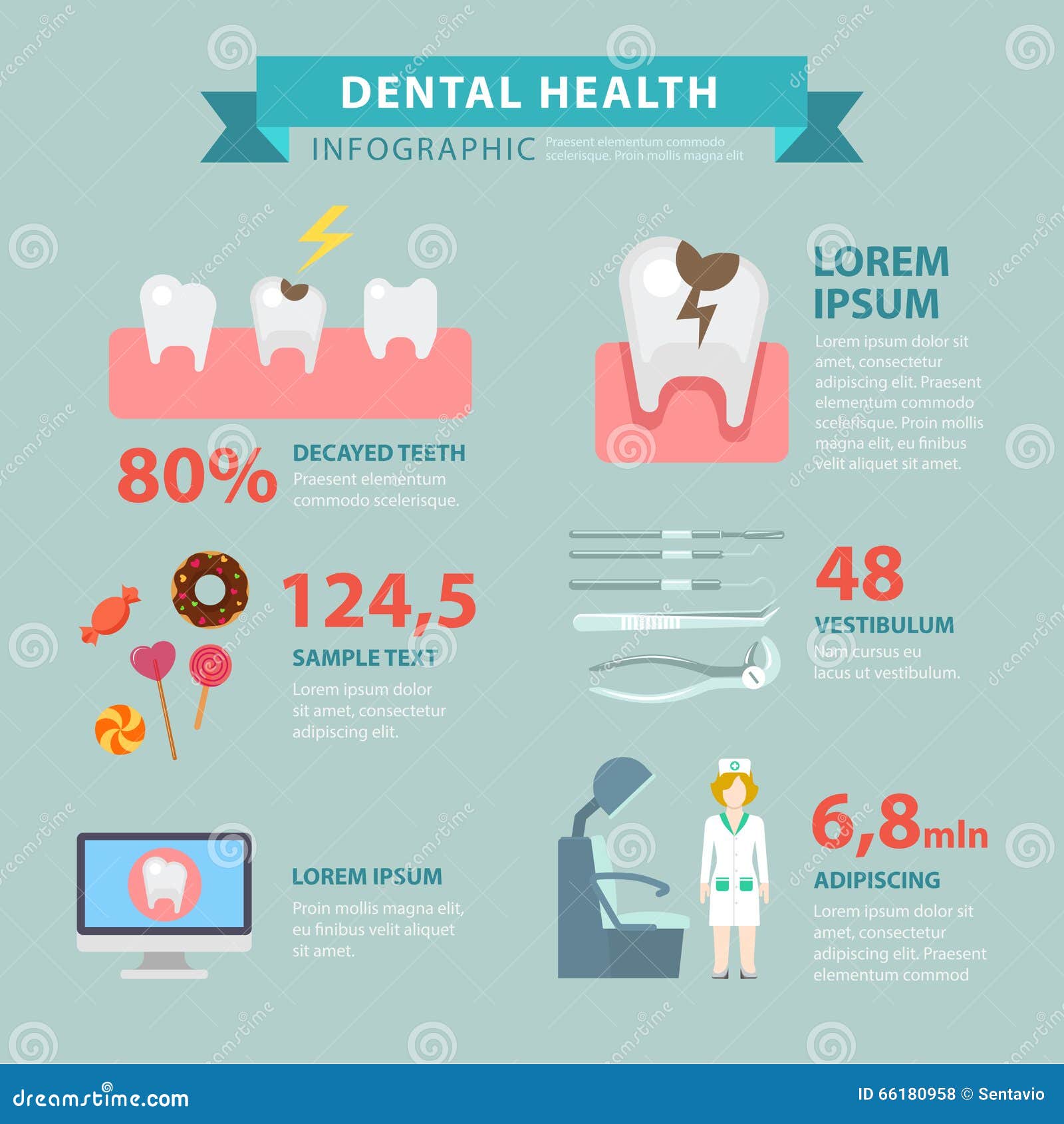Check Out The Pioneering Growths That Are Altering The Landscape Of Oral Surgery. Explore The Future Of The Field And Guarantee You Continue To Be At The Center. Click Currently For A Preview Of What Is To Find
Check Out The Pioneering Growths That Are Altering The Landscape Of Oral Surgery. Explore The Future Of The Field And Guarantee You Continue To Be At The Center. Click Currently For A Preview Of What Is To Find
Blog Article
Author-Borg Dowd
Invite to the globe of dental surgery, where advancements and advances are shaping the future of the area! In this interesting realm, you'll witness the transformative power of robotics, the innovative wonder of 3D printing, and the game-changing influence of minimally intrusive techniques.
The future of dental surgery holds a promise of precision, performance, and boosted client end results. With kids dentist of advanced robotics, cosmetic surgeons are able to carry out complex treatments with higher accuracy and control.
3D printing innovation is changing the creation of oral implants and prosthetics, providing personalized remedies that fit seamlessly right into each individual's one-of-a-kind composition.
Furthermore, minimally intrusive methods are lowering post-operative pain and recuperation time, allowing clients to go back to their day-to-days live faster.
Prepare to discover the interesting innovations and breakthroughs that are improving the landscape of dental surgery!
Innovations in Robotics
One significant advancement in dental surgery is using robotic innovation, which permits accurate and efficient procedures. With website link of robotic systems, dental surgeons have the capability to carry out complex surgical procedures with enhanced accuracy, minimizing the risk of human error.
These robotic systems are geared up with advanced imaging innovation and precise tools that allow specialists to navigate via complex anatomical frameworks effortlessly. By utilizing robot technology, cosmetic surgeons can accomplish greater surgical precision, causing improved client outcomes and faster recovery times.
In addition, the use of robotics in oral surgery enables minimally invasive procedures, decreasing the injury to bordering cells and promoting faster recovery.
3D Printing in Dental Surgery
To boost the field of dental surgery, you can check out the subtopic of 3D printing in dental surgery. This cutting-edge modern technology has the possible to transform the method oral cosmetic surgeons operate and treat patients. Right here are 4 key methods which 3D printing is forming the area:
- ** Custom-made Surgical Guides **: 3D printing permits the production of extremely exact and patient-specific medical overviews, boosting the accuracy and performance of procedures.
- ** Implant Prosthetics **: With 3D printing, dental specialists can create personalized dental implant prosthetics that flawlessly fit an individual's distinct anatomy, causing far better outcomes and client contentment.
- ** Bone Grafting **: 3D printing allows the manufacturing of patient-specific bone grafts, lowering the need for traditional implanting strategies and improving recovery and recovery time.
- ** Education and learning and Educating **: 3D printing can be used to produce sensible surgical designs for instructional functions, allowing oral cosmetic surgeons to exercise complex procedures before executing them on people.
With its potential to improve precision, customization, and training, 3D printing is an interesting advancement in the field of dental surgery.
Minimally Intrusive Methods
To further advance the field of oral surgery, welcome the capacity of minimally intrusive methods that can greatly profit both specialists and patients alike.
Minimally intrusive techniques are reinventing the field by reducing surgical injury, lessening post-operative pain, and speeding up the recuperation process. These methods involve using smaller incisions and specialized instruments to perform procedures with accuracy and efficiency.
By using advanced imaging modern technology, such as cone light beam calculated tomography (CBCT), specialists can precisely intend and implement surgeries with marginal invasiveness.
Furthermore, using lasers in oral surgery allows for precise tissue cutting and coagulation, leading to reduced bleeding and lowered healing time.
With minimally invasive strategies, clients can experience much faster healing, lowered scarring, and boosted results, making it a crucial facet of the future of dental surgery.
Conclusion
So, as you can see, the future of dental surgery is unbelievably promising, with interesting developments and breakthroughs shaping the field.
From https://howmuchforteethimplants49517.blogsidea.com/39381844/begin-untangling-the-realities-behind-gum-tissue-economic-crisis-therapies-where-misconceptions-hit-realities-and-discover-what-you-never-ever-found-out-about-your-gum-tissue-wellness in robotics to using 3D printing and minimally invasive strategies, oral surgeons are reinventing the method they provide treatment.
While some might worry about the potential cost related to these developments, it is necessary to keep in mind that these innovations eventually improve patient results and lower recovery time, making them well worth the financial investment in the long run.
